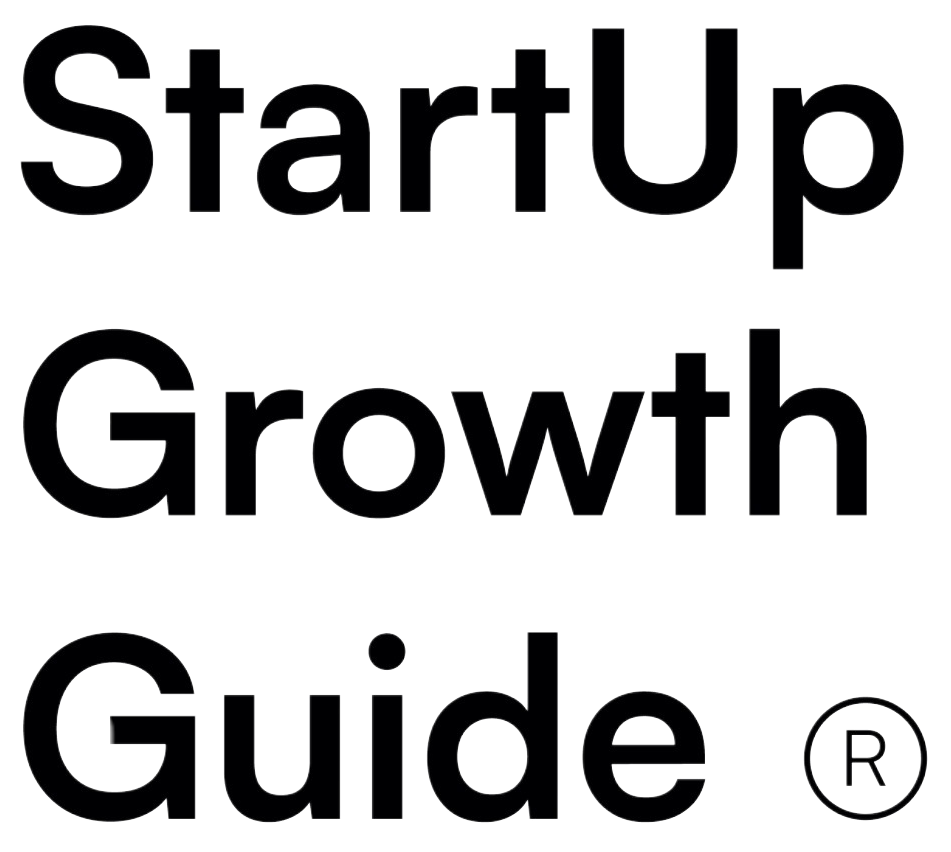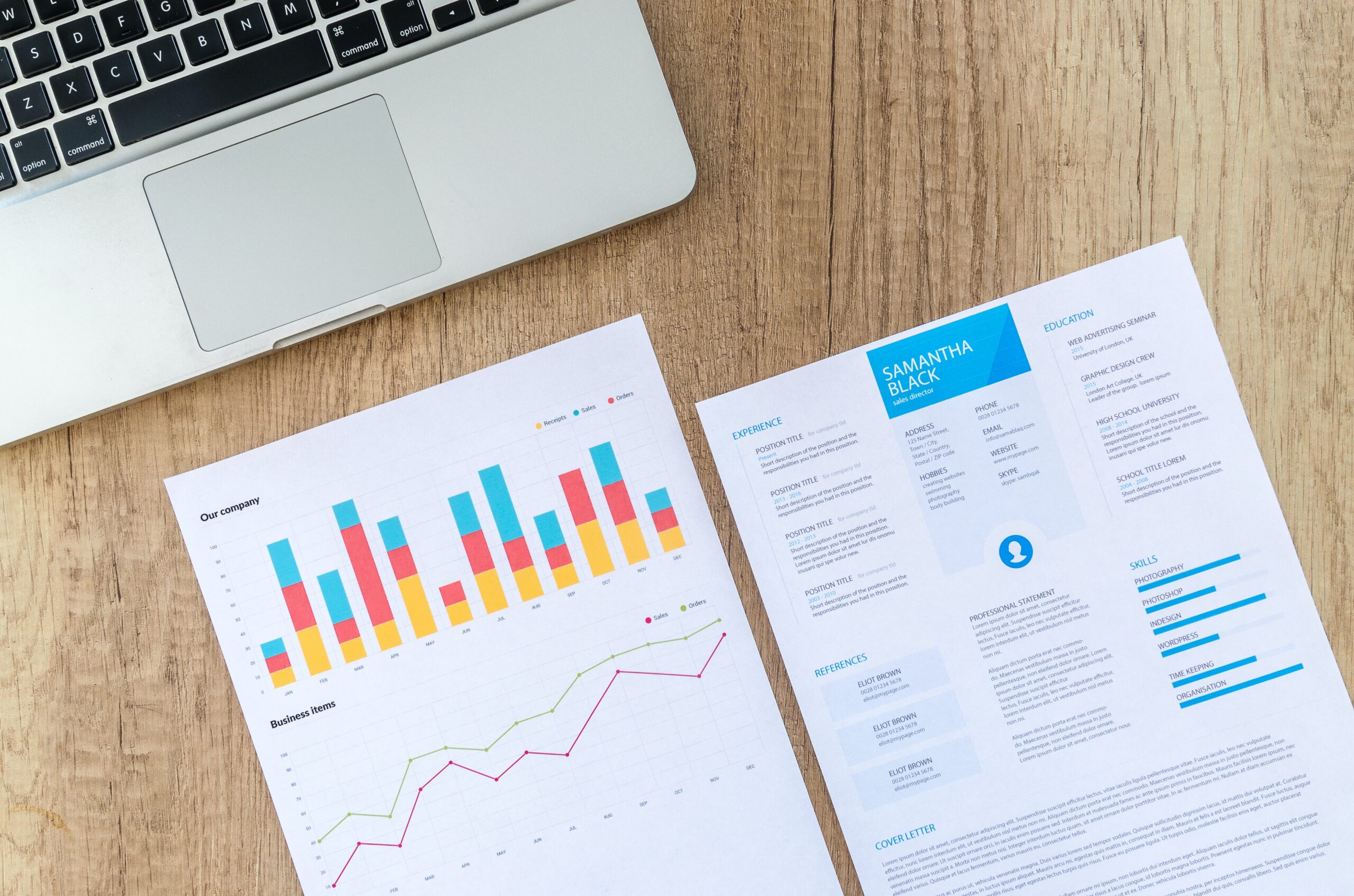Software as a service (SaaS) solutions enable businesses to deliver scalable and functional services and achieve business growth faster. The cloud computing market is being completely overrun by SaaS innovations.
This article analyzes the key trends in the industry, particularly in enterprise SaaS in 2024, and how they enable you to achieve business growth.
Even businesses are not slacking in their adoption of enterprise SaaS solutions as every organization looks for ways to do more with fewer resources.
Gartner estimates that, in 2021, spending on cloud application services (SaaS) would be worth about $118 billion of the total cloud market which is projected to stand at $305 billion.
The table below is Gartner’s forecast for cloud end-user spending across public cloud services.
We believe that the three key drivers of SaaS advancement in 2021 would dwell in the:
- Centralization of analytics due to changes in marketing strategy,
- Marked growth in the development of vertical-focused SaaS products for niche businesses, and
- Large-scale migration to the platform-as-a-service (PaaS) model.
Centralized Analytics
The global business intelligence market is expected to record a CAGR of 10.23% between 2021 and 2028.
Among other factors, one of the key drivers of this trend is the growing customer-centric business approach. Businesses want to gain deeper insights into their customers to deliver more personalized services.
Similarly, as marketing becomes more omnichannel and integrative, businesses would be looking to employ a centralized analytics model for holistic reporting and a comprehensive evaluation of the data.
Centralized analytics also has advantages for team collaboration in accessing and utilizing customer intelligence. This is one of the main reasons customer relationship management has emerged as one of the foremost use cases for enterprise SaaS solutions.
Vertical SaaS
Whereas horizontal SaaS focuses on the breadth and the scope of the audience across various sectors, vertical SaaS aims to be more targeted.
The former is more established, evidenced by the large market share of applications like QuickBooks, Salesforce, Microsoft 365, and HubSpot.
However, vertical SaaS is more customer-centric, focusing on meeting the peculiar needs of customers in a certain industry. Today, more dedicated analytics software that are dedicated to niche industries have emerged.
For instance, no one application can capture the business needs of diverse industries like Healthcare and Retail in a way that ensures maximum benefit for both. Hence, businesses are turning to vertical SaaS solutions to address their unique business needs.
The chart below represents the opportunities for Vertical SaaS growth in different industries.
Although horizontal SaaS applications currently take the edge because of their long-established reputation, experts predict that the future of B2B SaaS is vertical.
The accelerated growth rate of the latter in the past few years attests to this. Within the past decade, vertical SaaS companies have more than tripled in market size.
Platform-as-a-Service
Simplicity and ease are at the heart of every SaaS innovation. And the latest big effort in that direction seems to be coming from increased migration to the Platform-as-a-Service model.
The PaaS model allows companies to build new apps on top of existing services to serve more niche needs.
The aim of the increased customization and narrowing of the functionalities is to improve the agility and scalability of the overall software since the services are built based on virtualization technology.
SaaS typically sells scalability as a feature and the rising PaaS trend is set to make SaaS platforms more robust and more adaptable to emerging needs. The need for PaaS is even more underscored in inter-company relations.
The PaaS market is estimated to be worth about $12 billion by 2022 with a 26% growth rate.
PaaS also has benefits in security; it allows for the smooth implementation of scalable features to bolster the security of the existing solution. The key players in the PaaS market include Google, Microsoft, Salesforce, Amazon, SAP, etc.
Other Key Trends to Watch Out For
In addition to the three main trends identified above, there are other key statistics to monitor to determine the direction of SaaS development for startups.
The statistics below are from well-established industry surveys that attempt to convey the mind of SaaS business leaders in various spheres.
- 44.76% of SaaS founders developed the idea for their product/company from a specific problem they were experiencing, as against 22.10% who were inspired by a problem their customers/clients were experiencing. MicroConf
- 78% of companies with a free trial for their SaaS product did not require a credit card up-front, as against 73% last year, in a rising trend. MicroConf
- 71% of companies now offer free trials, as against 64% last year. MicroConf
- 27% now have a forever-free tier in their pricing, as against 20% last year. MicroConf
- 57% of SaaS financial operations leaders reported that COVID-19 affected their next round of funding, with 47% claiming to have had their funding timeline altered. SaaSOptics
- 14% projected CAGR to be recorded between 2021 and 2025 in the global SaaS Customer Relationship Management (CRM) market, recording a growth of $44.17 billion in the same period. ReportLinker
- 21.4% CAGR over the forecast period leading to a projected market size of $185.8 billion for the SaaS market by 2024. KBV Research
- Most mid-market organization employees use 26 – 75 different tools to manage their teams. OneTool
- 48% of IT decision-makers in mid-market organizations claimed that their reliance on cloud solutions was between 51-75%. 34.5% reported for between 26-50% OneTool
- Cloud companies have achieved a record-breaking capitalization that’s north of $2 trillion. Bessemer
Conclusion
All these findings seem to converge at a relatable verdict, which is that not only will the future of SaaS be defined by doing more with less, according to the quote from a top Salesforce official; the essence of technological advancements is to enable us, humans, to achieve more, better, and faster with smaller and smaller resources.
About The Author
StartUp Growth Guide Staff
This content is written by the StartUp Growth Guide staff. Gain competitive advantage and stay ahead of the curve through the insights we share on the blog. Also, contact us to learn how we can help your business to grow online.
Share this:
- Click to share on Twitter (Opens in new window)
- Click to share on Facebook (Opens in new window)
- Click to share on LinkedIn (Opens in new window)
- Click to share on Pinterest (Opens in new window)
- More
- Click to share on Telegram (Opens in new window)
- Click to share on Reddit (Opens in new window)
- Click to share on Pocket (Opens in new window)
- Click to print (Opens in new window)
- Click to share on Tumblr (Opens in new window)
- Click to share on WhatsApp (Opens in new window)
- Click to share on Mastodon (Opens in new window)








